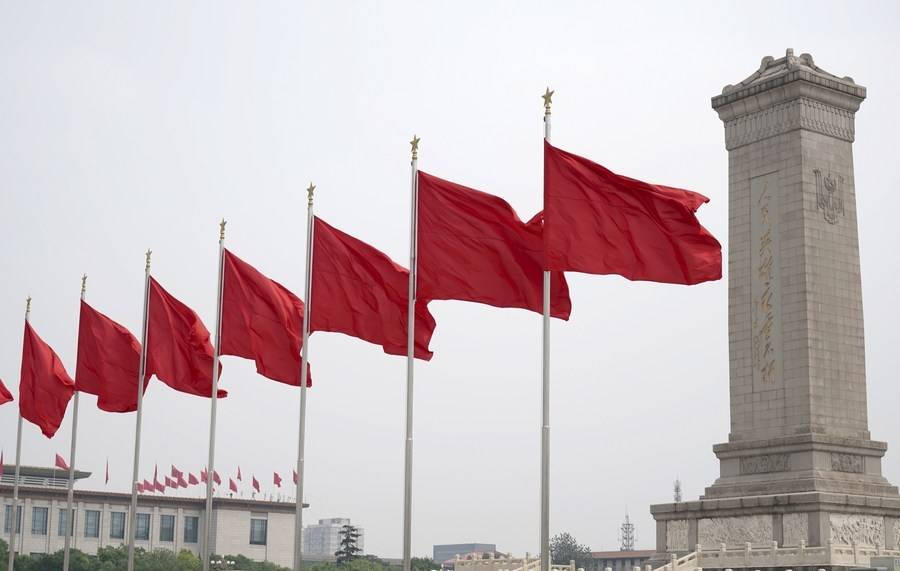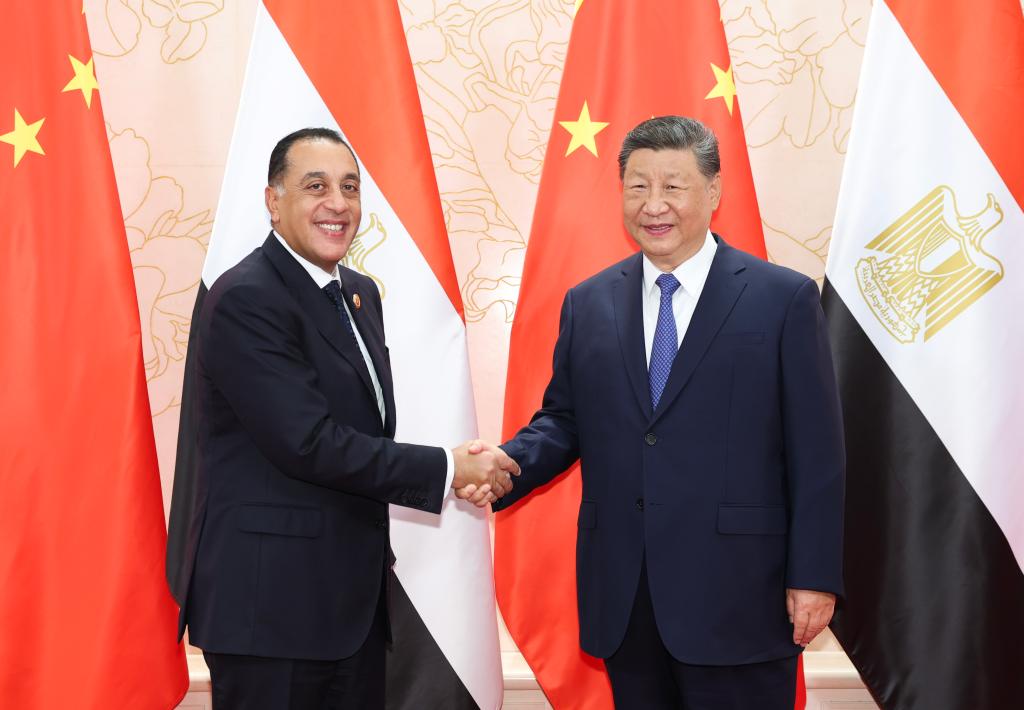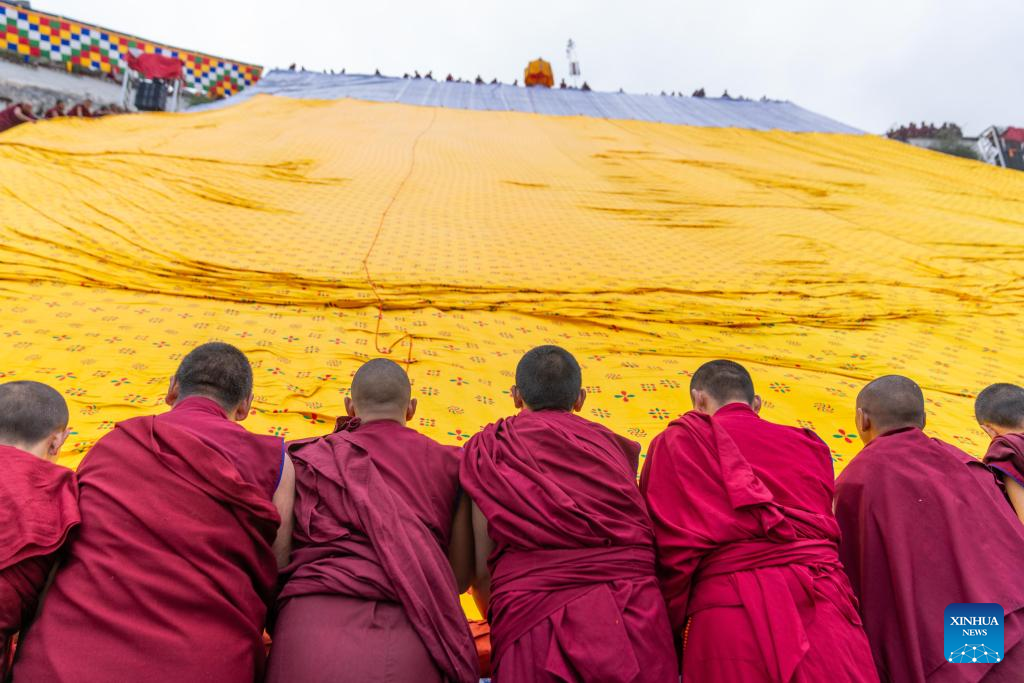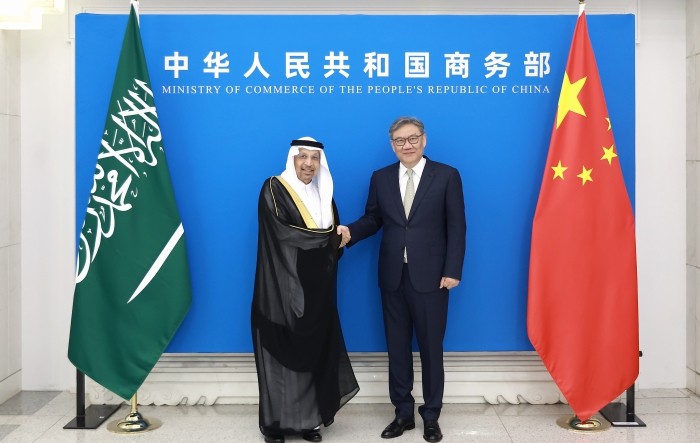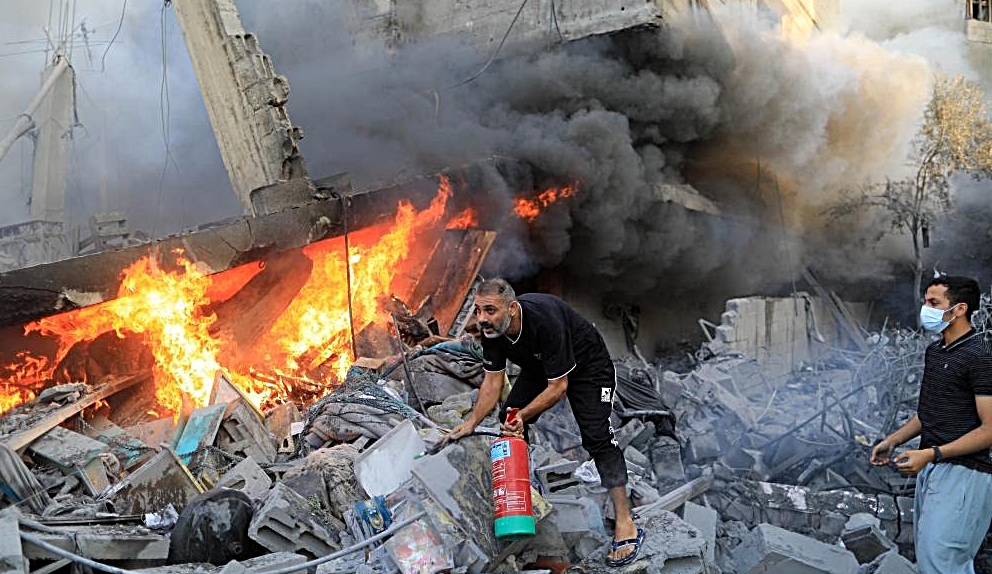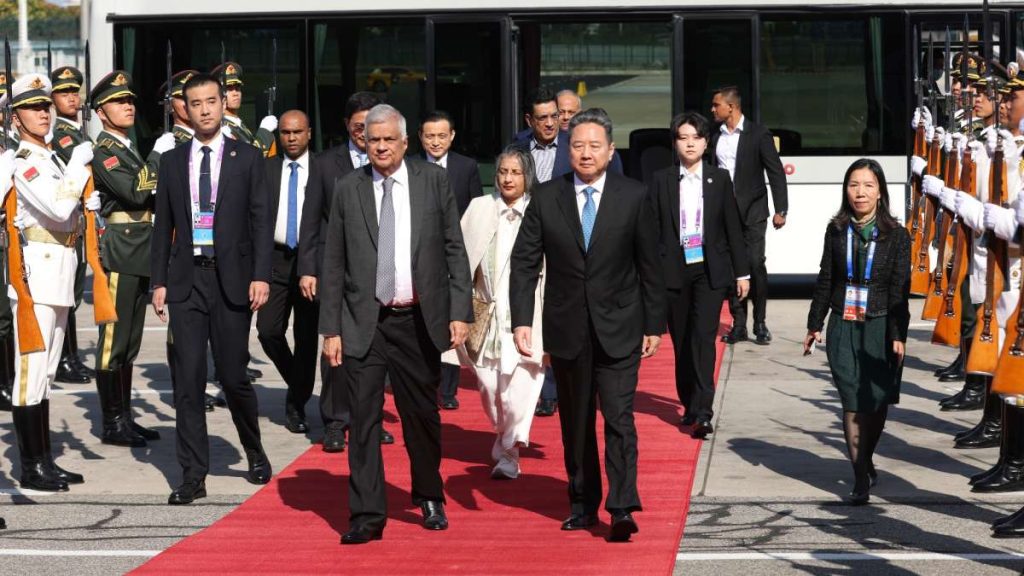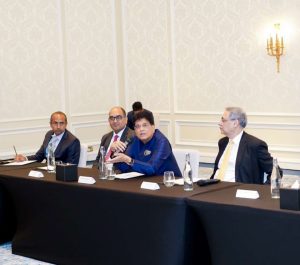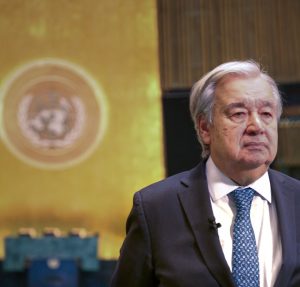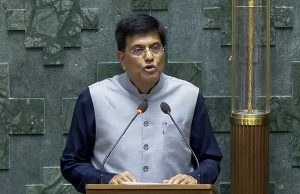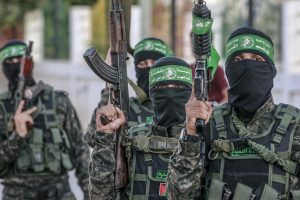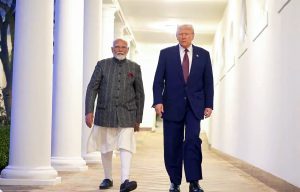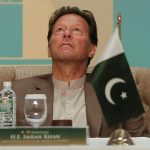China’s diplomatic statecraft can even persist in coercive behaviour that not only does not achieve the objective, but actually damages its image…reports Asian Lite News
Ever since former US Speaker of the House Nancy Pelosi visited Taiwan last year, China has given the United States a black face and refused to re-establish military-to-military lines of communication. When Secretary of State Antony Blinken visited Beijing in June, China again refused any attempt to improve military interactions.
Despite rising tensions and the risk of miscalculation, Chairman Xi Jinping refuses to allow the People’s Liberation Army (PLA) to have contact with its US counterpart. There is a pattern of Chinese unwillingness to “pick up the phone”, especially when communication is needed most. This might seem like the actions of a sulky child, but Xi obviously believes it is the right approach. Unfortunately, Chinese and American worldviews operating at cross-purposes are affecting their crisis management and respective deterrence strategies.
Interestingly, Chinese Communist Party (CCP) ideology never conceives of itself as an agent of coercion, but only the victim of it. This is why it constantly criticizes others for bullying, unilateralism and hegemony. This may seem an oddity to those in the West, but it reflects a conflicting worldview. Furthermore, China does not necessarily use the term “deter”, but instead words like “resolutely oppose”, “struggle” and “resolutely safeguard national interests”.
The concept of “struggle” is longstanding in CCP doctrine, but Xi has taken it to a new level. CCP language does not have a direct analog to “coercion”, but it does see “struggle” as being normative for relationships that have innate structural tensions. Infact, struggle is “coercion with Chinese characteristics”!
Interestingly, China’s diplomatic statecraft can even persist in coercive behaviour that not only does not achieve the objective, but actually damages its image. China’s framework may even presuppose that deterrence will fail and that an opponent will continue its unwanted behaviour because of structural contradictions. However, this is where the call for prolonged struggle is brought to bear. China is resilient, and will eventually prevail, even if there are setbacks in the short term, the thinking goes. This can be seen in its self-defeating wolf warrior diplomacy, for instance.
China may even not measure success in the altered response of others, but rather in how vigorously and confidently the CCP asserts itself. In this case, deterrence failures actually validate its mindset of struggle and remind it to redouble its efforts. In doing so, the CCP seeks to rally the populace around the flag, emphasizing itself as the defender of the people’s honour against external attack.
The Seattle-based National Bureau of Asian Research (NBR) held a webinar on 11 October exploring this topic of US-China deterrence dynamics and crisis management. One contributor was Rachel Esplin Odell, a foreign affairs analyst at the US State Department. Speaking in a personal rather than official capacity, she noted that the majority of Beijing’s attempted coercion does not involve the use of the military, but rather party and state organs responsible for executing China’s statecraft.
“In actuality, the PLA is just one part of the PRC’s coercive apparatus, and it doesn’t necessarily think about deterrence in the same way as other parts of that apparatus,” she said. Of course, the PLA is embracing the concept of integrated deterrence, and this increasingly brings in nuclear weapon forms alongside its traditional psychological, public opinion and legal warfares as part of its coercive toolkit.
Esplin Odell made four relevant points: “First, the CCP does not often use the explicit language of deterrence, but instead complains about coercion by other countries and emphasizes the need to struggle against that coercion. Secondly, such complaints and the concept of struggle itself are longstanding themes in CCP theory, but they have been emphasized much more strongly during Xi Jinping’s era.”
She continued: “Third, there are some important differences between the CCP’s concept of struggle and Western international-relations theory concepts of deterrence, and these differences can explain why the PRC sometimes persists in behaviour that is unsuccessful and self-defeating. And then, finally, struggle does not wholly define the PRC party-state approach to diplomacy, and there are other concepts such as the need to be flexible and pragmatic, to exercise restraint, that can be revived if the party perceives that doing so will help protect its own security and stability.”
David Santoro, President of the independent research institute Pacific Forum, pointed out in the same webinar that “China has been focusing a lot more on crises and military crisis in recent years, a lot more than in the past”. He postulated that China has a two-phased approach to military crises. “The first phase is the prevention phase and the second phase, which we would call management but China calls handling.”
The prevention phase sees China taking targeted preparations in advance to prevent the occurrence of military crises. It is an active phase, both trying to prevent escalation but also preparing for it in case it does. The handling phase controls and guides the development of a crisis to engineer a solution.
Santoro explained: “What does transpire is that in the crisis handling phase, what you see is both an interest in managing a bad situation from deteriorating, and also strategizing to secure and even advance Chinese interests. And that latter goal is, I would argue, a lot more important than the management part.”
As mentioned earlier, China and the US have fundamentally different views of and approaches to crises. “In the United States, we see crises as problems to be managed or problems to be resolved,” Santoro explained, “whereas China only does that to an extent. It also views them as opportunities to advance its interests. And another way of saying this is that China is more interested in ‘winning’ crises than in managing them.”
In other words, escalation may be useful to China. Also, “China is skeptical of crisis management mechanisms because it assumes or thinks that it’s essentially a trick by the United States to again prevail in a crisis. So, there’s a little bit of projection here, thinking that the US approaches crises the same way as China does. So, to China, avoiding or managing crises and escalation is essentially the responsibility of the United States. And that’s why China talks about crisis prevention more so than about crisis management. The idea is that the United States should essentially behave and there would not be any crisis.”
Santoro said the US must not give up on engagement with China, but at the same time it must be clear-eyed over what can be achieved. As the PLA modernizes and becomes more powerful, its appetite for risk has grown. As Roy Kamphausen, President of the NBR, noted: “The PRC’s simultaneous expansion of its nuclear arsenal and rapid modernization of its conventional military capabilities are what suggests ongoing and systematic shifts in China’s deterrence strategy, and raises important questions regarding the steps the United States itself needs to take to deter aggression and preserve the status quo.”
Kamphausen highlighted China’s evolving nuclear-force posture, with the PLA expected to have a stockpile of 1,500 nuclear warheads by 2030. He concluded: “More broadly, these trends also require reassessment of China’s willingness to incur risk to advance its interests and objectives in light of new capabilities. Once quite risk averse and wary of escalation dynamics as it pursued its objectives, the PRC is increasingly willing to use its armed forces as an instrument to achieve its aims in the Taiwan Strait, South China Sea, East China Sea and elsewhere, those seemingly without a deep appreciation for the inherent escalation risks entailed, even as they fundamentally seek to avoid conflict with us…”
Kamphausen noted too: “Whereas we in the United States tend to see crises as situational anomalies which we seek to swiftly resolve, the PRC appears to embrace the instability brought on by sustained, if low-level, crises, regarding them as a feature and not a bug of the international system, itself affording opportunities to advance her interests. Looking at the regional environment today, China’s computation of crises is often reflected in the PLA’s unsafe intercepts and unprofessional operational behaviours in interaction with the US military, as well as with regional allies and partners.” This is seen in the rapid escalation in PLA air sorties into Taiwan’s air defense identification zone, for instance.
“[Another] major theme is that the PLA continues to upgrade its military capabilities,” Kamphausen said. “The risks of crisis with the United States – in the existing but limited channels of communication available to us and PRC senior military defense leaders and officials to manage these unplanned encounters and possible crises – are largely dormant. The existing communication mechanisms, such as the military maritime consultative agreement, policy coordination talks, China-US theater commander talks, all were suspended following Pelosi’s visit to Taiwan in August 2022, and remain frozen to this day.”
Andrew Erickson, Professor at the US Naval War College, lamented in the NBR webinar: “In this already difficult and dangerous world, unfortunately, things are getting even worse. And a significant part of that is the conventional missile forces that are increasingly at the forefront of PLA high-end combat power.”
Since Xi elevated the PLA Rocket Force into a full service in 2015, Erickson observed that “we’ve seen further development as part of integrated strategic deterrence, a comprehensive concept that seeks to develop and bring both nuclear and conventional capabilities to bear, in concert with all manner of other PRC military capabilities and whole-of-party, military-state nation approach.”
Erickson continued: “This has yielded a huge, diverse arsenal designed to prevail in every possible scenario, ideally from Xi Jinping’s perspective, in part by offering an answer at every rung of the conceivable escalation ladder idea.” Bolstering the PLA allows Xi to advance his objectives through coercion and intimidation, but also fight and win if necessary. Illustrating this effort, in 2020 alone, China astoundingly launched more than 250 ballistic missiles, more than the rest of the world combined. China will use its nuclear arsenal to bolster prestige to both domestic and international audiences. Perhaps Beijing is drawing incorrect lessons from the Ukraine conflict, that Russia’s nuclear threat has deterred the US.
David Logan, Assistant Professor at Tufts University, pointed out: “China could use its nuclear forces during peacetime and crises to challenge US extended deterrence commitments, and to reduce the likelihood of US allies intervening in a regional crisis or conflict, or US allies and partners allowing US forces to operate from bases within their territory.”
Xi is deliberately increasing the USA’s vulnerability, creating a nuclear shield that makes the world “safe” for conventional aggression. The greater the stability at the nuclear level, the lower the stability at lower levels of violence, according to the escalation ladder. Because China has a growing nuclear umbrella, it might engage in greater escalatory actions elsewhere.
Erickson warned of “strong and demonstrably authoritative evidence” representing “consistent overconfidence, a dangerous overconfidence on the part of PRC strategists, in terms of tailored signaling and what you might call calibrated deterrence”. It could be that Xi has pushed for a nuclear build-up, and that the strategy development will only come later.
Erickson was blunt in his clarion call: “Unfortunately, and very concerningly in my view, China has under Xi Jinping chosen to pair these meteoric developments with a lack of pursuit of restraints and confidence-building measures. Very significant opacity overall, particularly regarding important details, rejection of meaningful engagement, guardrails or arms control efforts, PRC state and media sources always frequently trot out the trope of the US or other allies having a ‘Cold War mentality’. Well, if the PRC under Xi had a late-Cold War mentality at least, they would be open to discussing serious arms control measures, which currently is clearly not the case.”
Erickson emphasized the importance of American and allies’ deterrence. “…Xi Jinping and other PRC decision-makers must not doubt the credibility of that extended deterrence. This, I believe, is how peace will be ultimately preserved in what is, unfortunately, a very difficult time, and a decade that is decisive and increasingly getting more dangerous.” (ANI)

